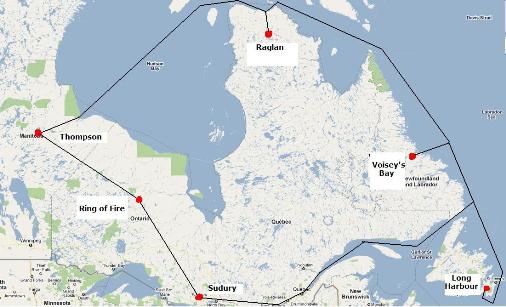Toronto, Ontario (June 17, 2011) – Rencore Resources Ltd. (CNSX: RNC) (“Rencore” or the “Company”) is pleased to announce that it has signed an exploration agreement with the Webequie First Nation (“WFN”). This agreement is a sign of the cooperative relationship and mutual respect between Rencore and the people of the Webequie FirstNation.
“Webequie First Nation is pleased that more progressive exploration companies like Rencore Resources have made the effort for meaningful engagement and we look forward to a deeper participation and partnership as the exploration program evolves” said Chief Cornelius Wabasse.
Rencore President and CEO, Richard E. Nemis states, “We are very pleased to have reached his agreement and we look forward to a mutually beneficial relationship with the Webequie First Nation”.

























